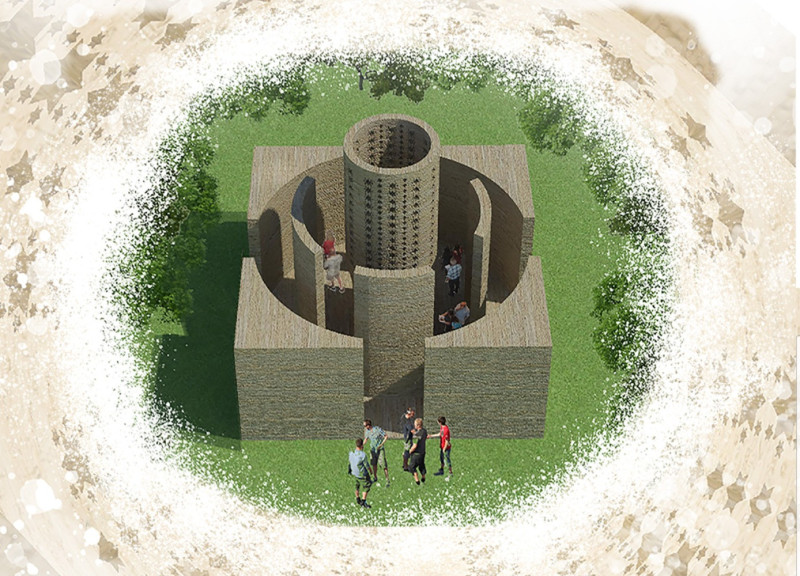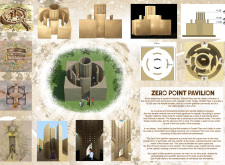5 key facts about this project
At its core, the project represents a commitment to sustainability and environmental consciousness. The architects have successfully integrated green building practices into the project, utilizing energy-efficient systems and sustainable materials to minimize the environmental impact. This is apparent in the choice of materials, which includes locally sourced timber, recycled steel, and high-performance glazing. These selections not only reduce the carbon footprint of the structure but also enhance its thermal performance, creating a comfortable environment for its occupants.
The project's layout is carefully considered, with spatial organization promoting versatility and adaptability. Public areas are intentionally designed to encourage gatherings, providing spaces for various events and activities. The circulation within the building is intuitive, allowing for easy navigation while maintaining a sense of openness. The use of large windows floods the interior with natural light, linking the indoor spaces with the outdoors and creating a seamless transition between the two.
Unique design approaches are evident in the building's roof structure, which features a series of green roofs that not only provide insulation but also support biodiversity and stormwater management. These roofs serve as functional landscapes, creating additional outdoor spaces for leisure and recreation, which are essential for community engagement. The integration of local flora enhances the local identity and promotes an ecological balance in the urban environment.
Materials play a significant role in conveying the architectural narrative of the project. The combination of textured masonry, warm wood finishes, and sleek metallic elements adds layers of visual interest while maintaining a cohesive aesthetic. The contrasting materials are thoughtfully employed to define different zones within the space, enhancing user experience without overwhelming the senses. The interior finishes are selected for their durability and maintenance, ensuring that the spaces remain functional and inviting over time.
The architectural design embraces the surrounding context, with sightlines and vistas carefully framed to enhance the building's relationship with the landscape. The thoughtful consideration of scale and proportion ensures that the project integrates harmoniously within its neighborhood, respecting the existing urban fabric while introducing a contemporary touch.
Visitors will appreciate the dynamic interaction between indoor and outdoor spaces. Courtyards and terraces create opportunities for casual encounters, and strategically placed seating areas encourage community members to linger and socialize. The project’s adaptability to various events showcases its multifunctional character, catering to a diverse range of activities suitable for all demographics.
Such architectural ideas can serve as a blueprint for future developments that prioritize community and ecological integration. The project invites further exploration, especially through its architectural plans, sections, and detailed designs, which reveal the extensive research and thoughtful consideration embedded within the overall architectural concept. Engaging with these elements will provide deeper insights into how the design responds to contemporary needs while charting a path toward sustainable community living.
For a more enriched understanding of this exceptional project, readers are encouraged to delve into its architectural presentation and explore the comprehensive details that underpin its design philosophy.























